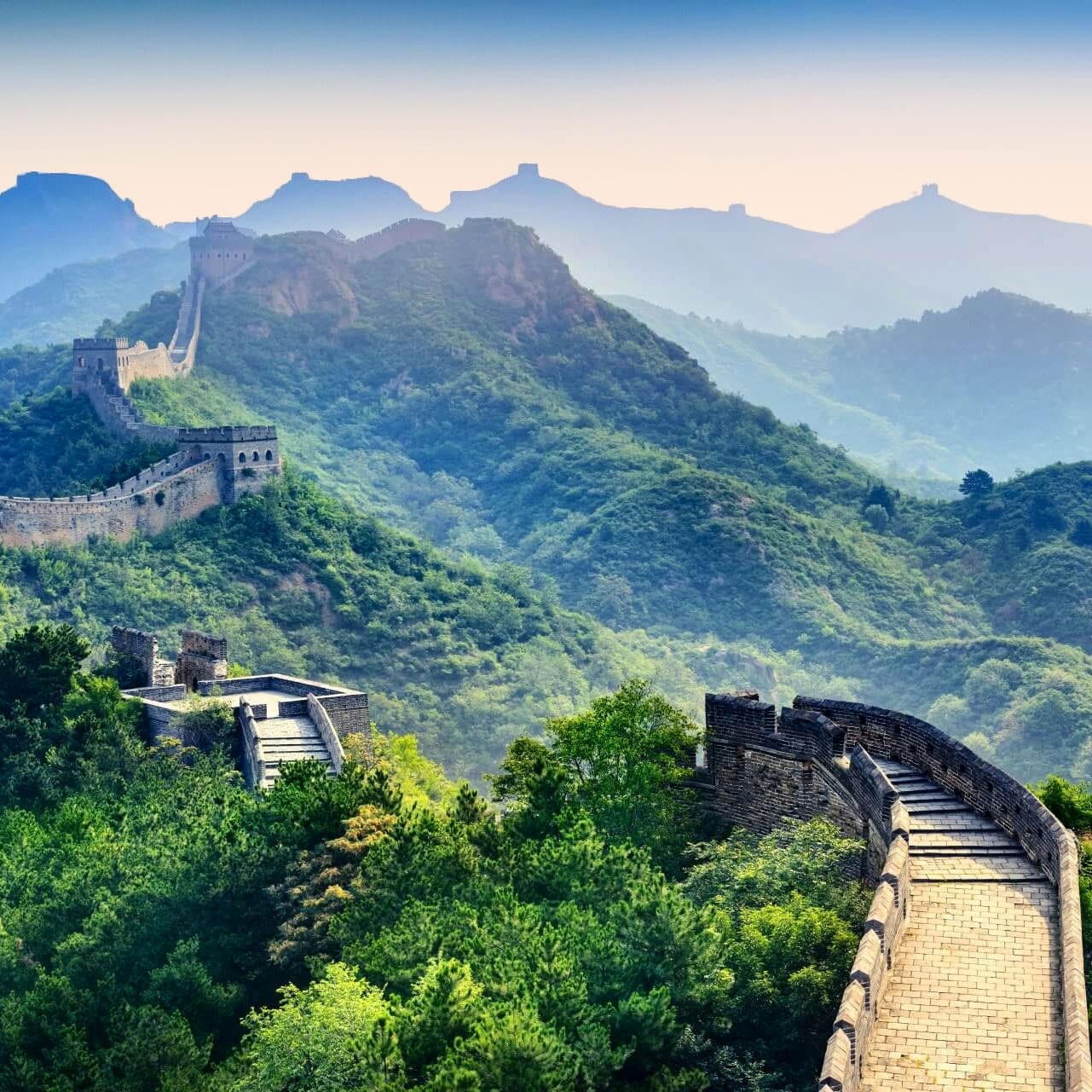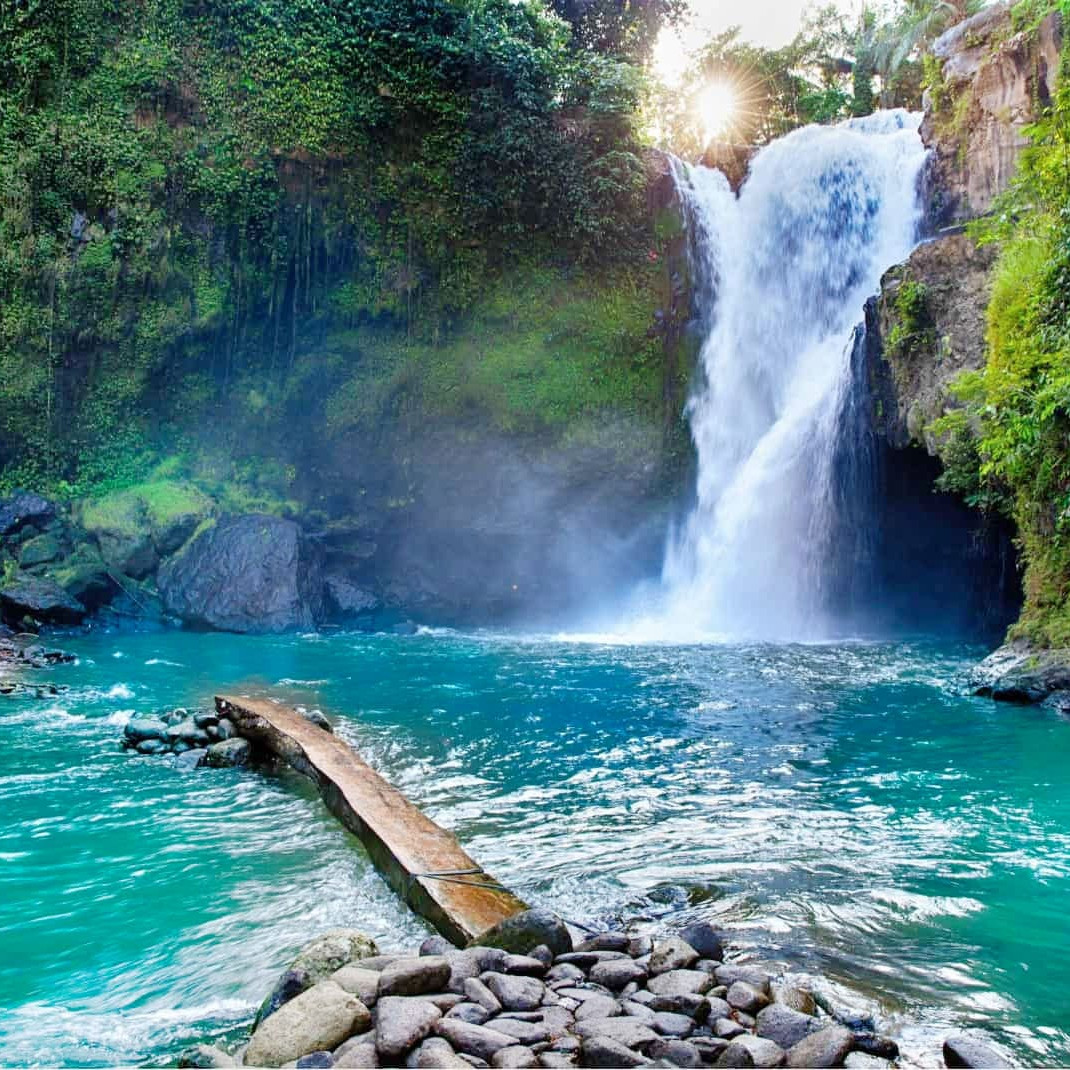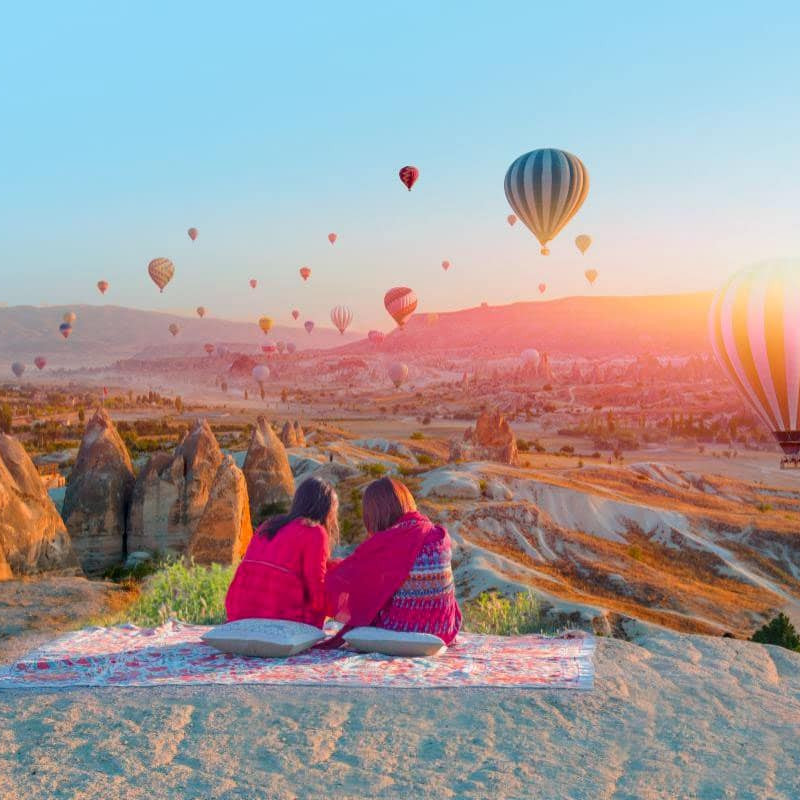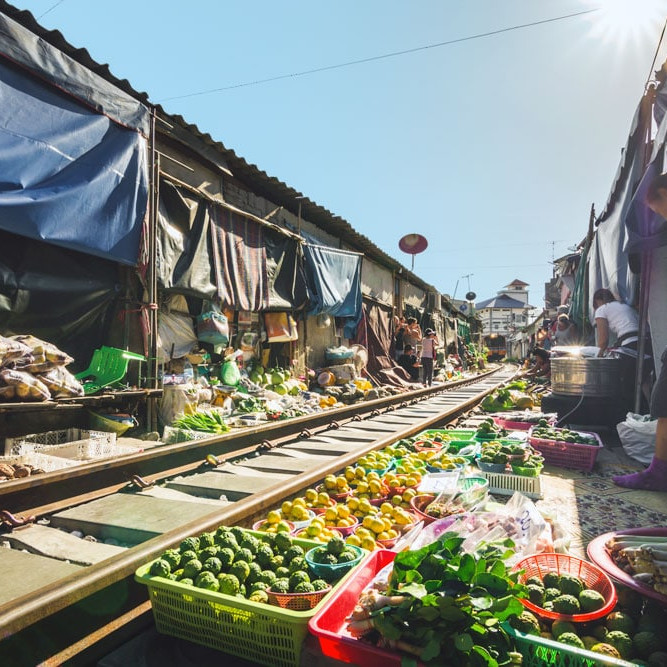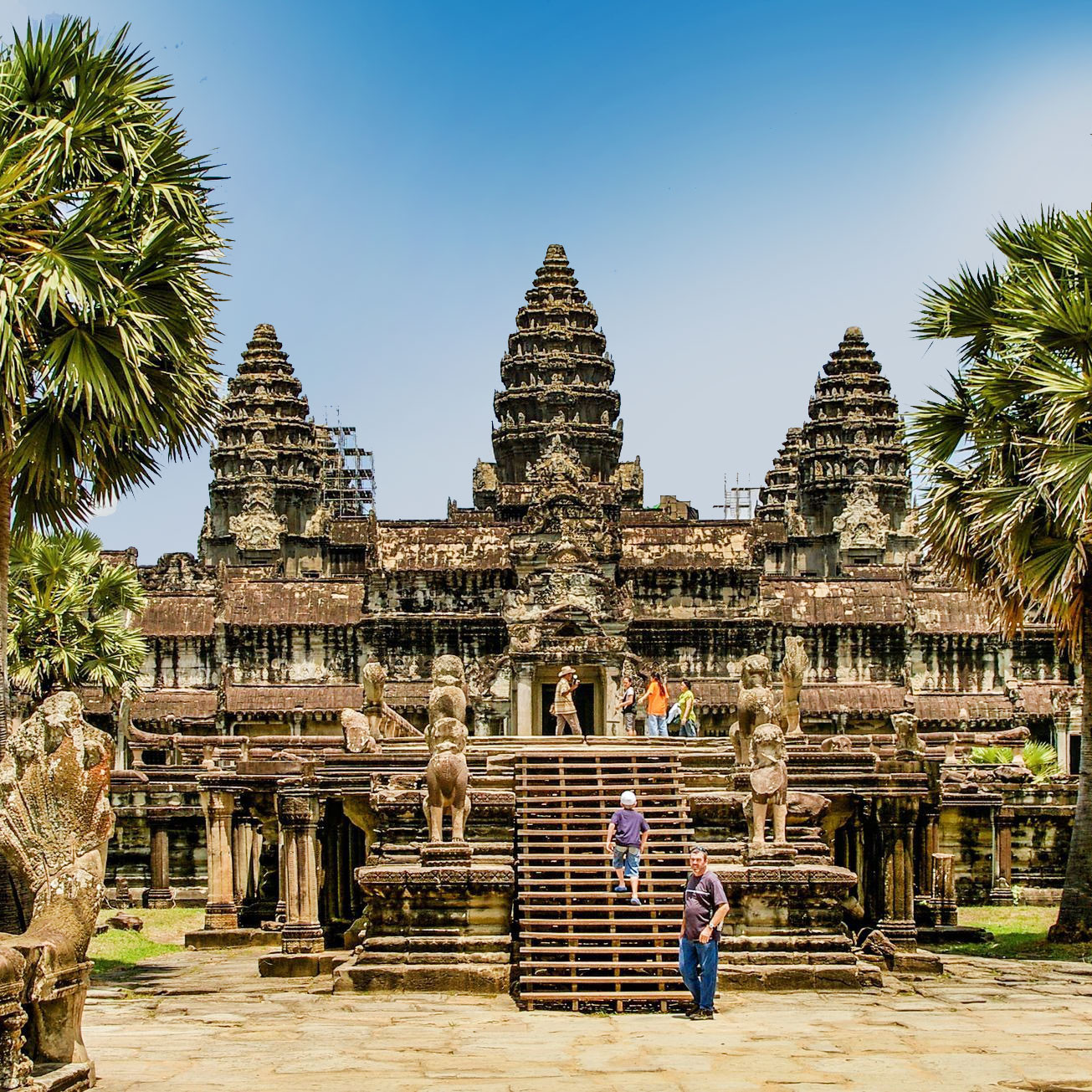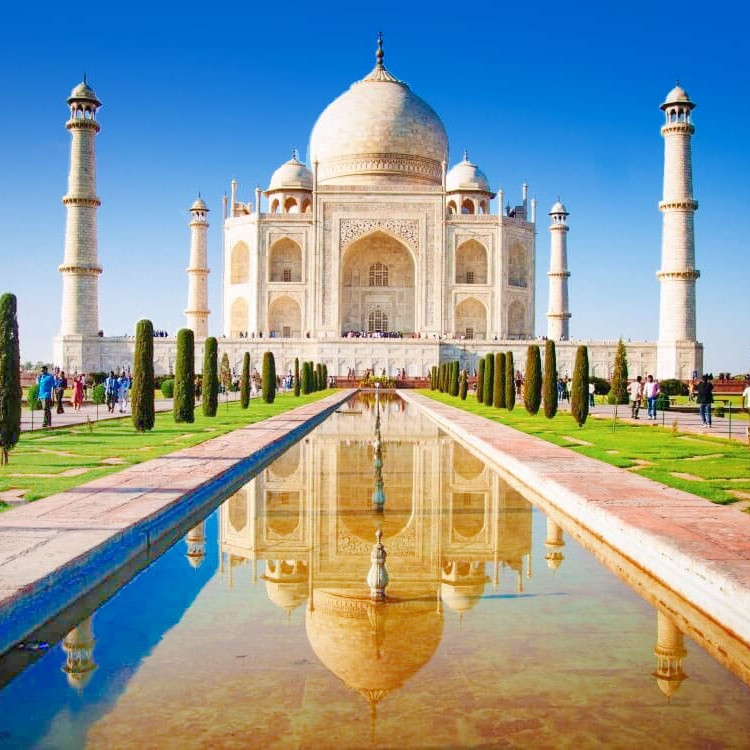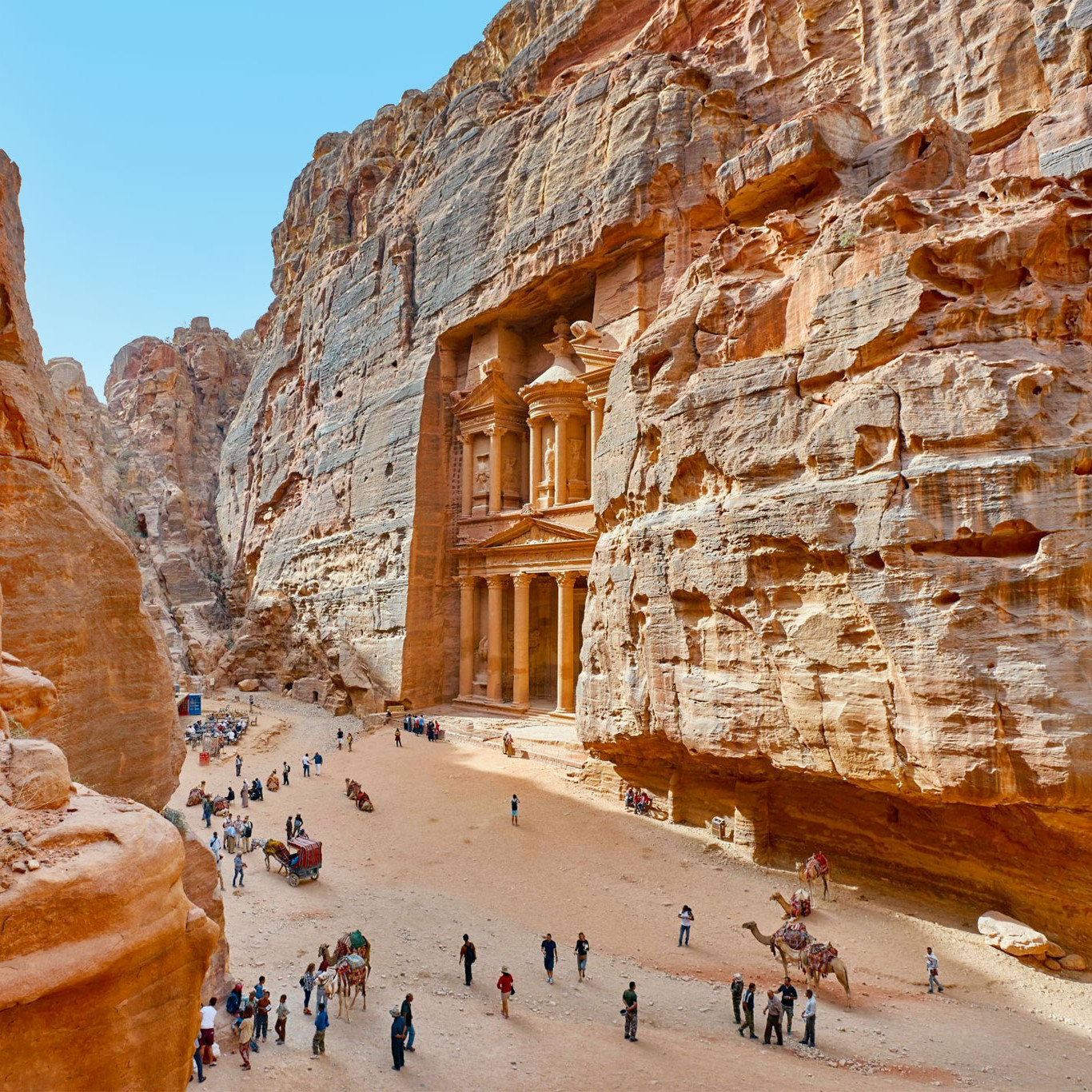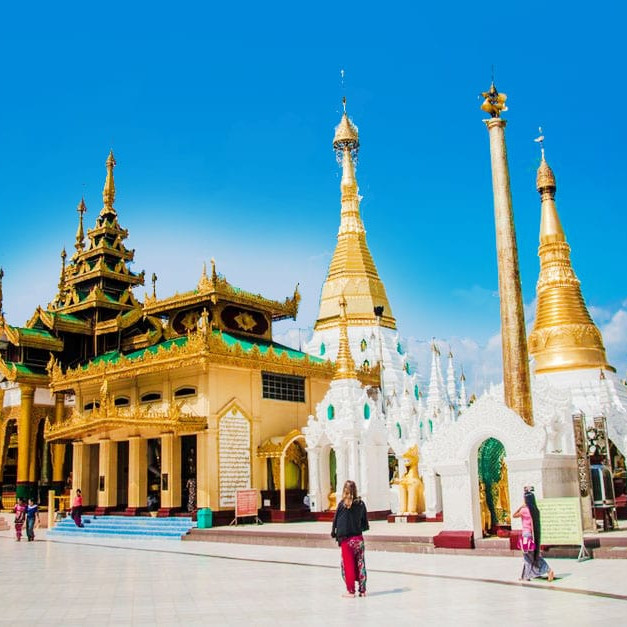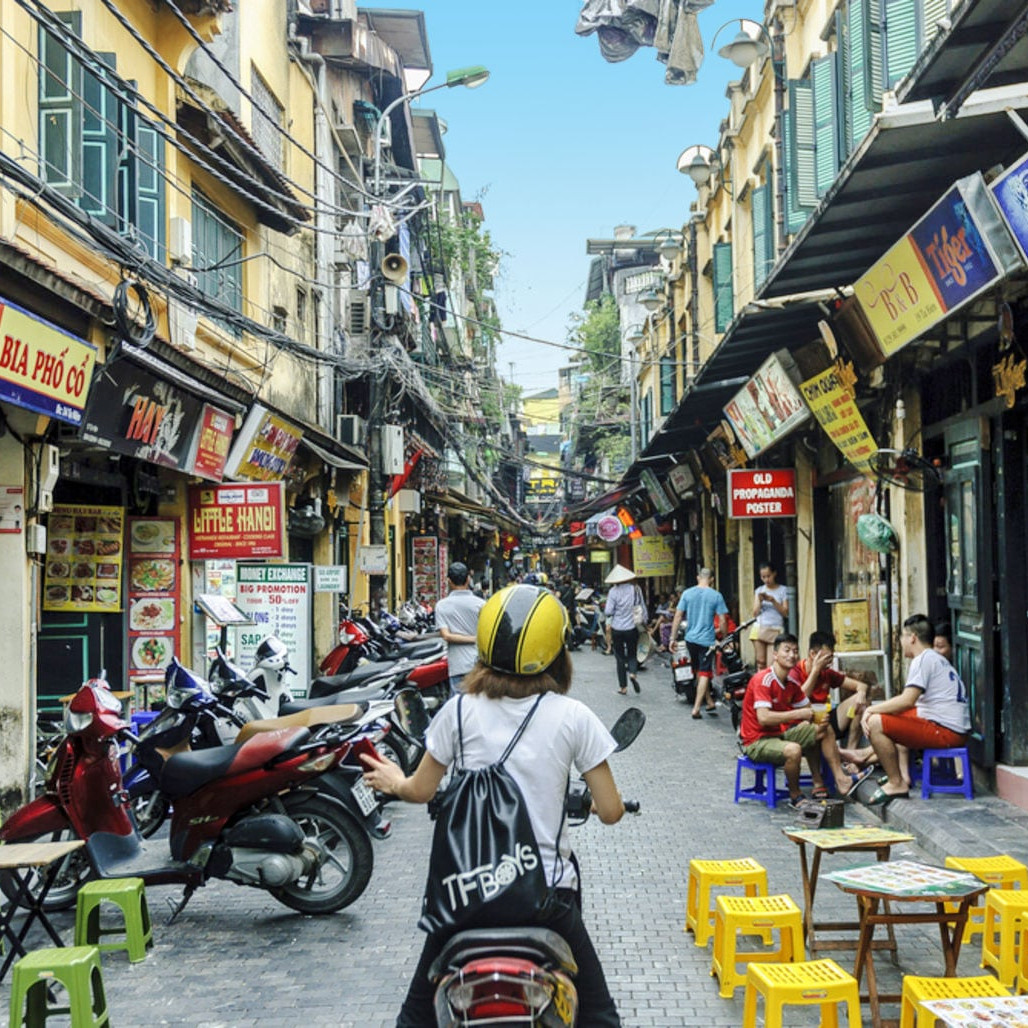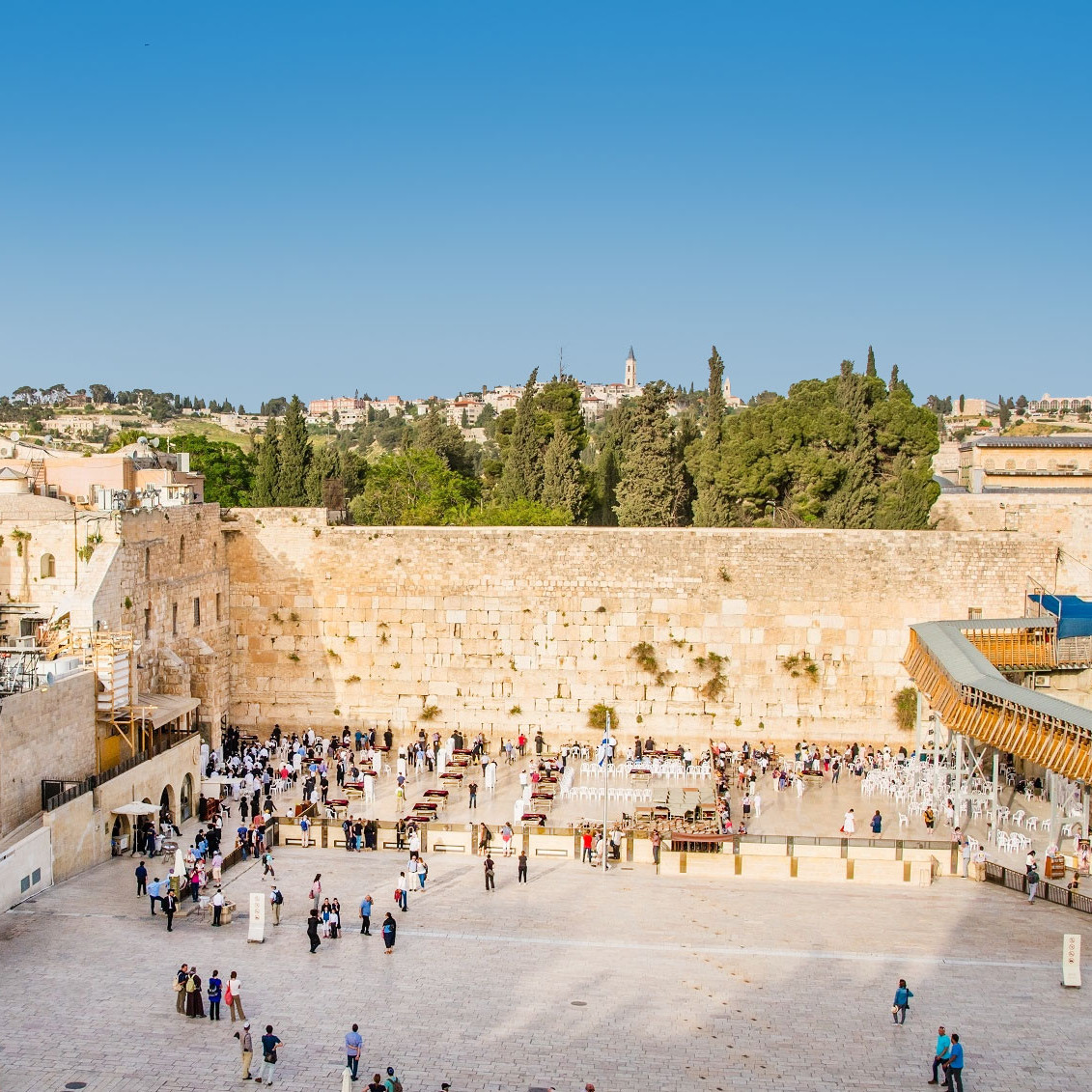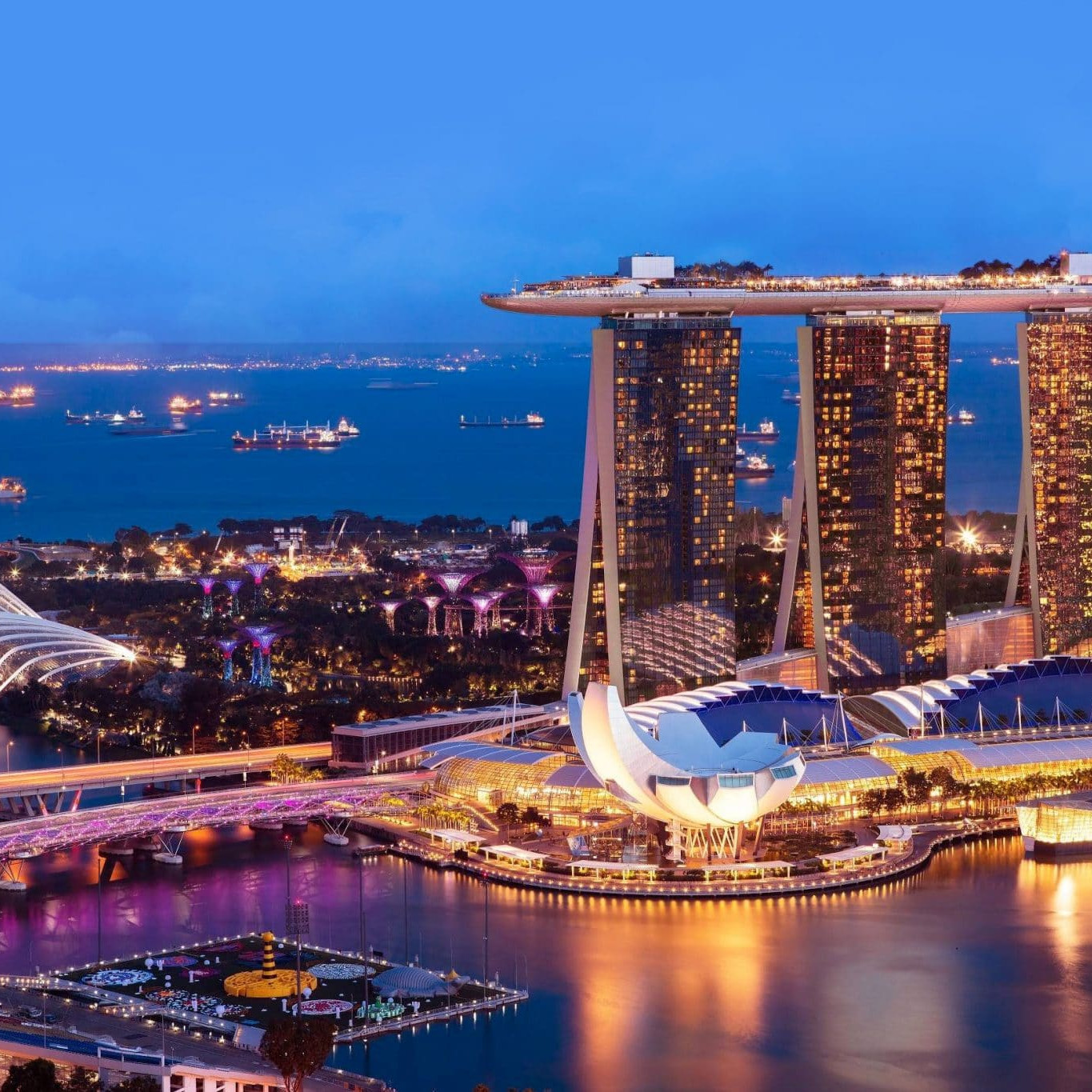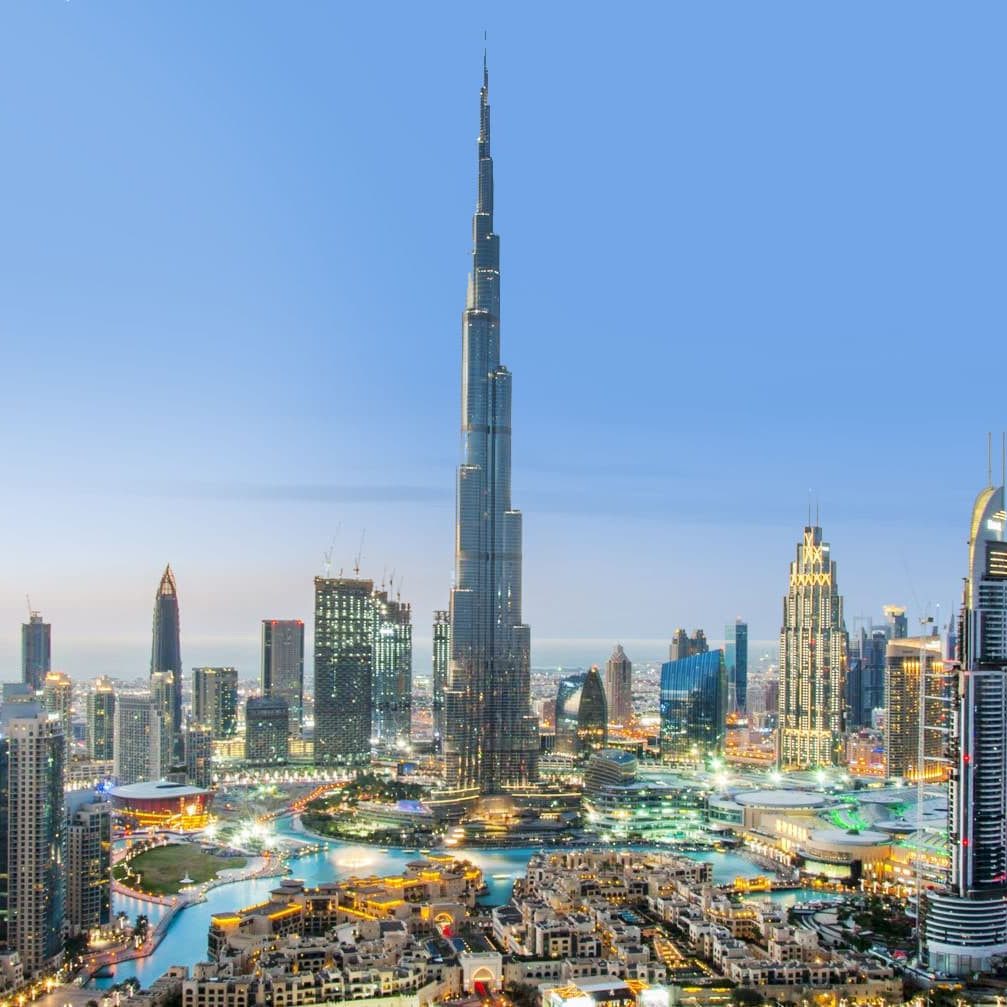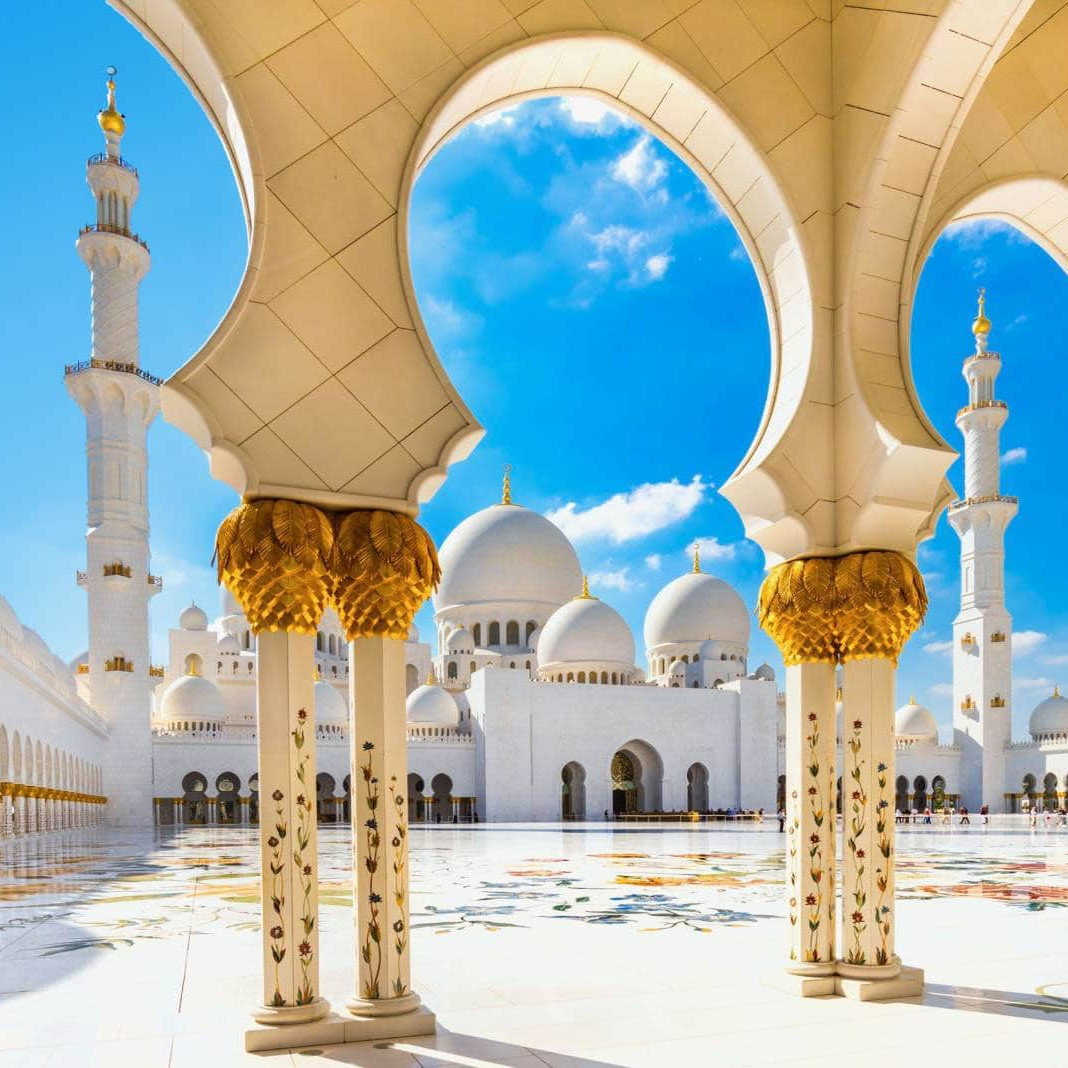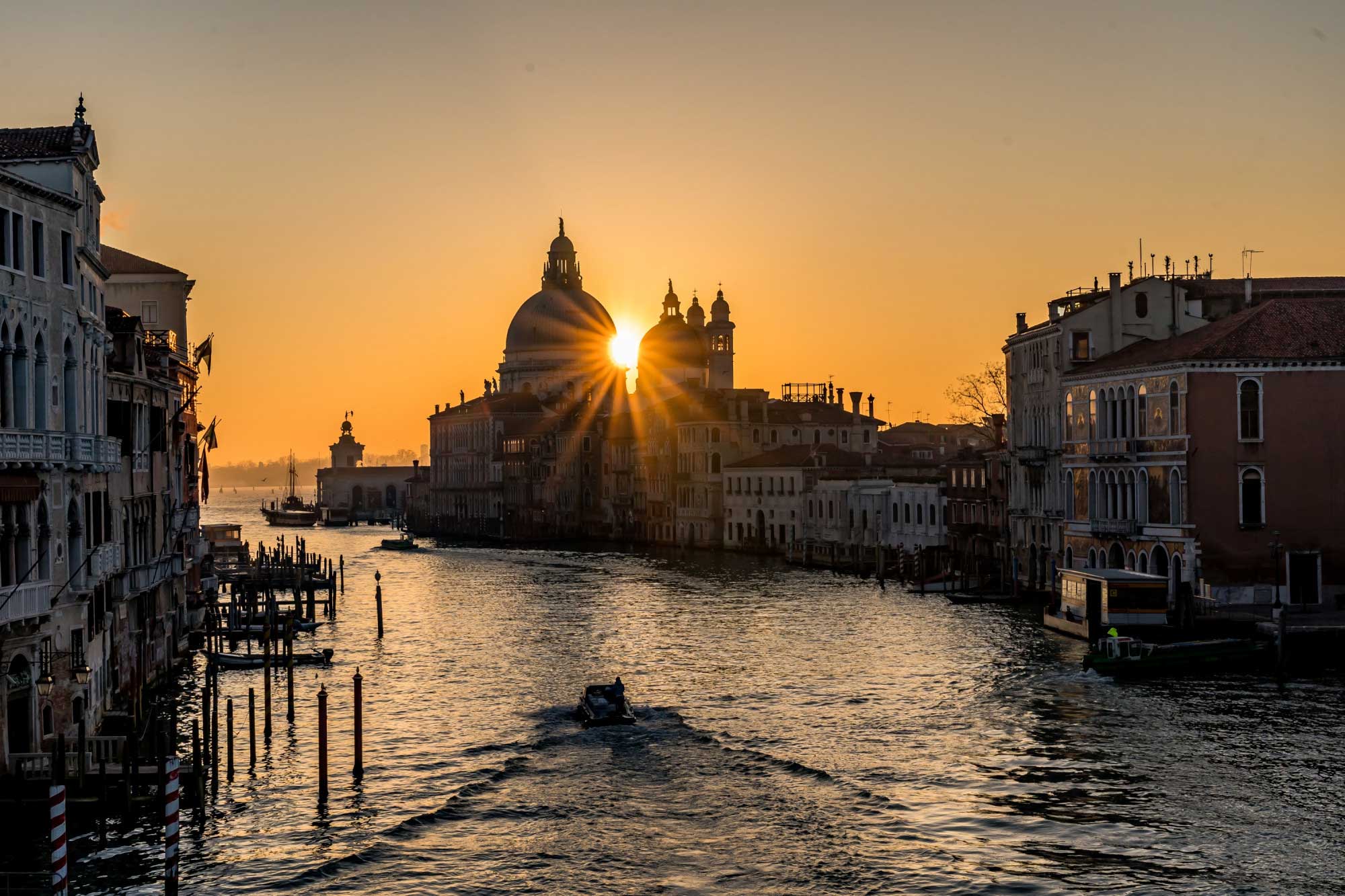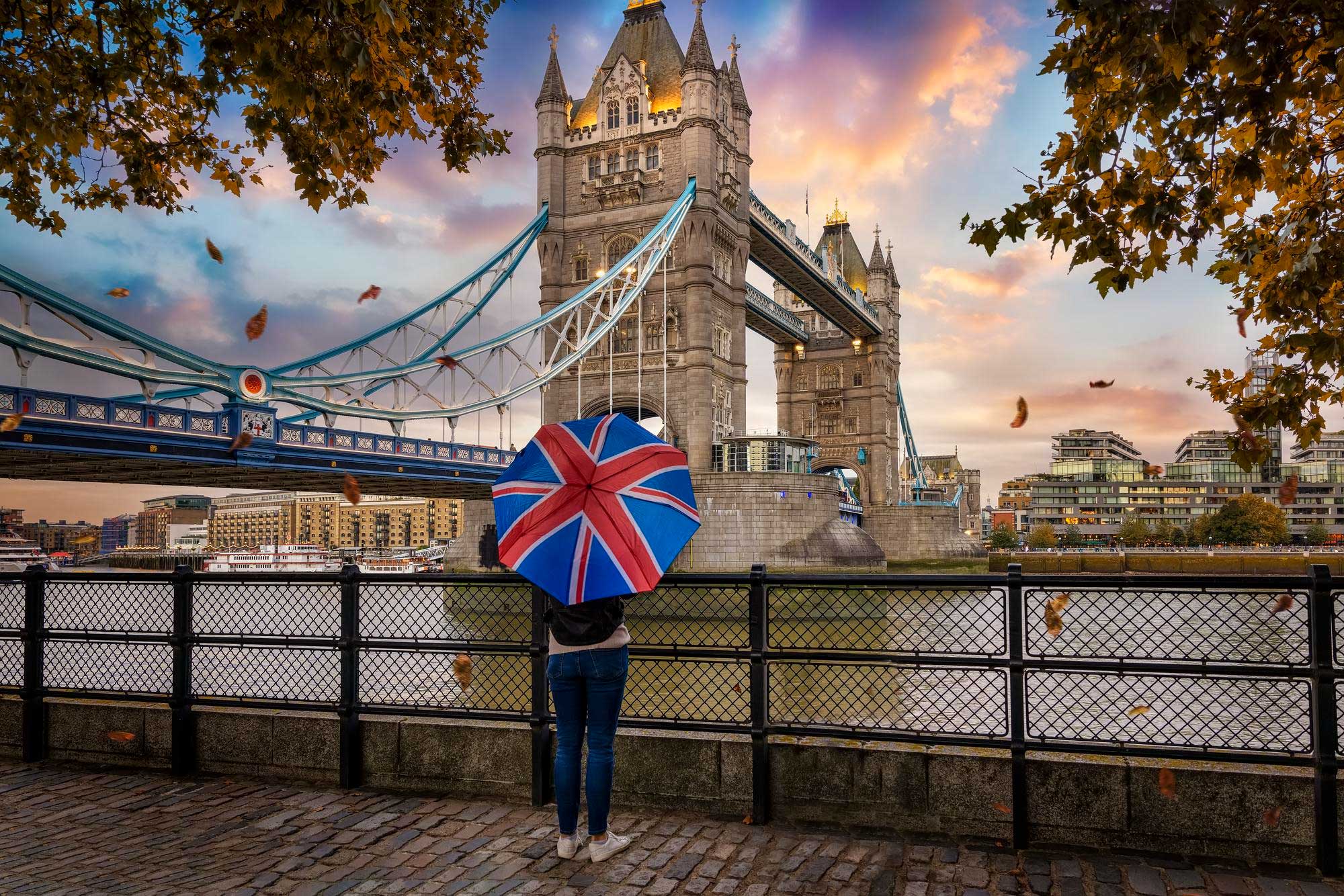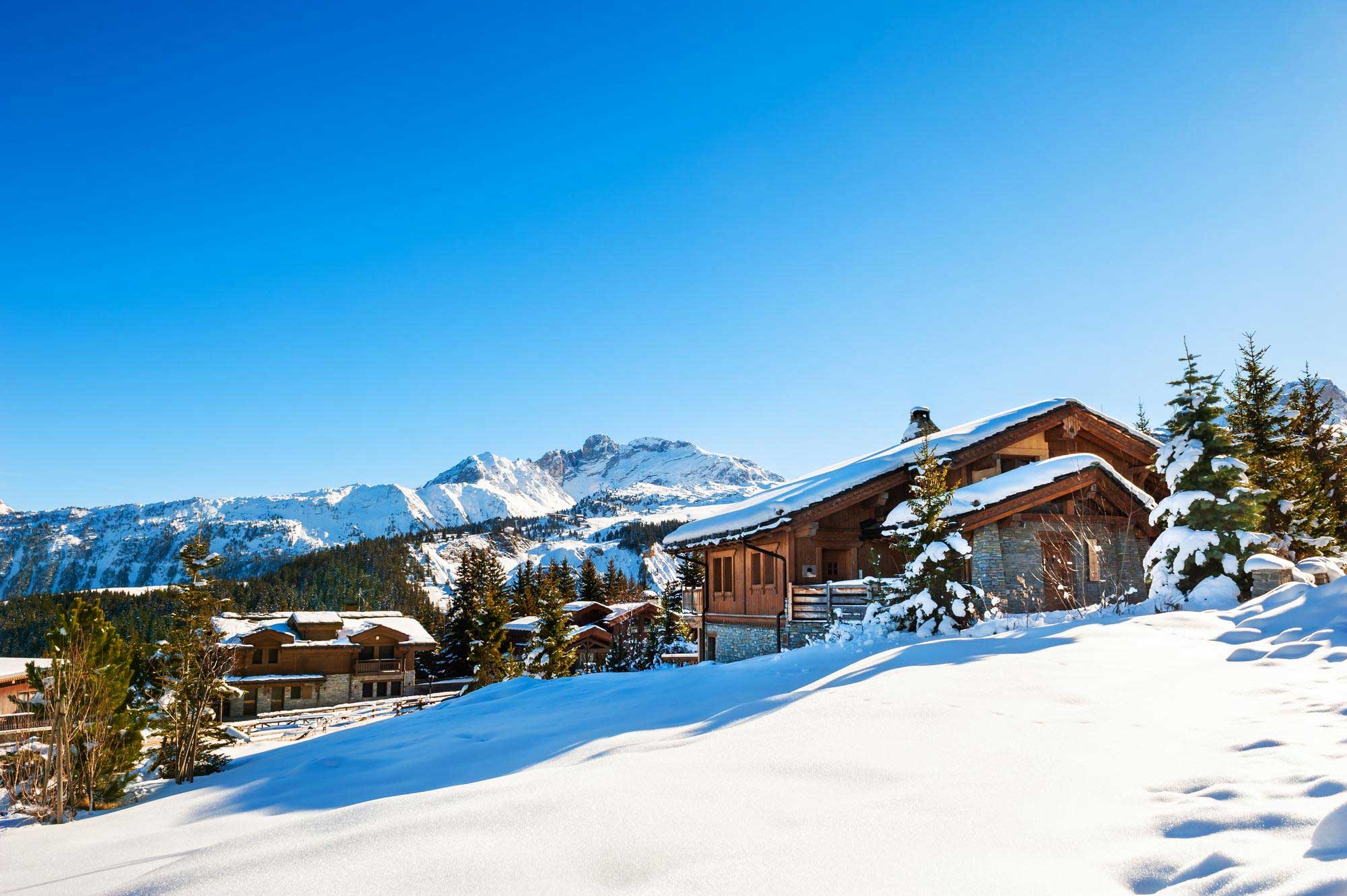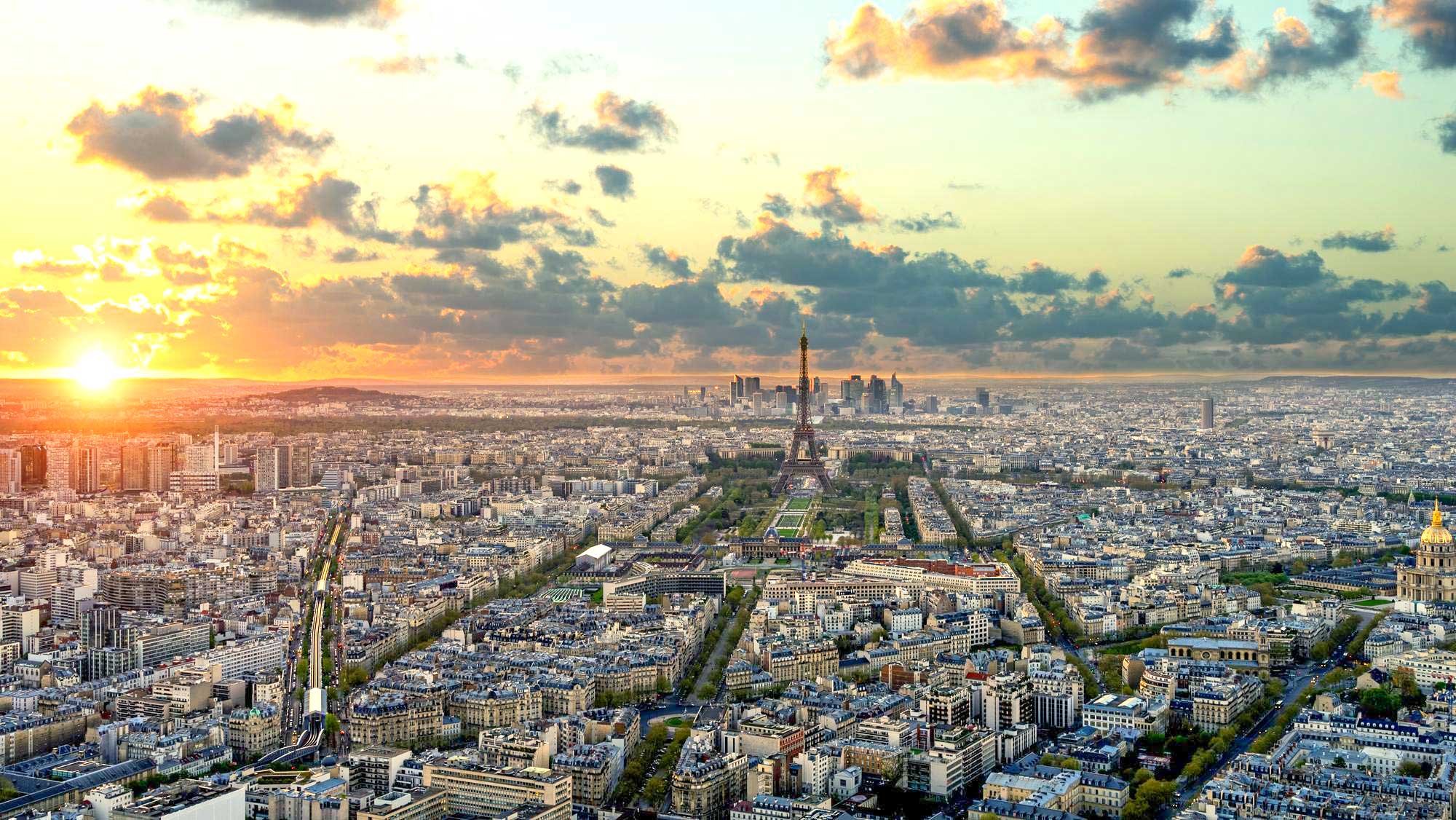Travel Asia, a continent that offers a diverse range of cultures, histories, and landscapes that make it a compelling destination for travelers. From the bustling cities of Tokyo and Seoul to the serene temples of Bangkok and Bali, there is something for everyone. Asia also boasts some of the most beautiful natural wonders, including the Himalayas, the Great Wall of China, and the stunning beaches of the Philippines and Thailand.
Why Visit Asia
THE PEOPLE
People in Asia tend to be extremely hospitable, kind and friendly. They are always willing to help. Asia comprises 60% of the world’s population.
LANDSCAPES AND ARCHITECTURE
Asia offers a variety of magnificent landscapes (beaches, jungles, mountains) as well as some of the most modern – impressive structures the man has made.
NIGHTLIFE
Nightlife in Asia is vibrant and diverse, with something for everyone. Cities like Bangkok, Tokyo, and Seoul have bustling night markets, street food vendors, and clubs that stay open until dawn.
CULTURE AND SPIRITUALITY
Asia’s rich cultural and spiritual traditions are also a major draw for travelers. From the ancient temples and shrines of Japan to the colorful festivals of India, there are countless opportunities to learn about the customs and beliefs of different cultures.
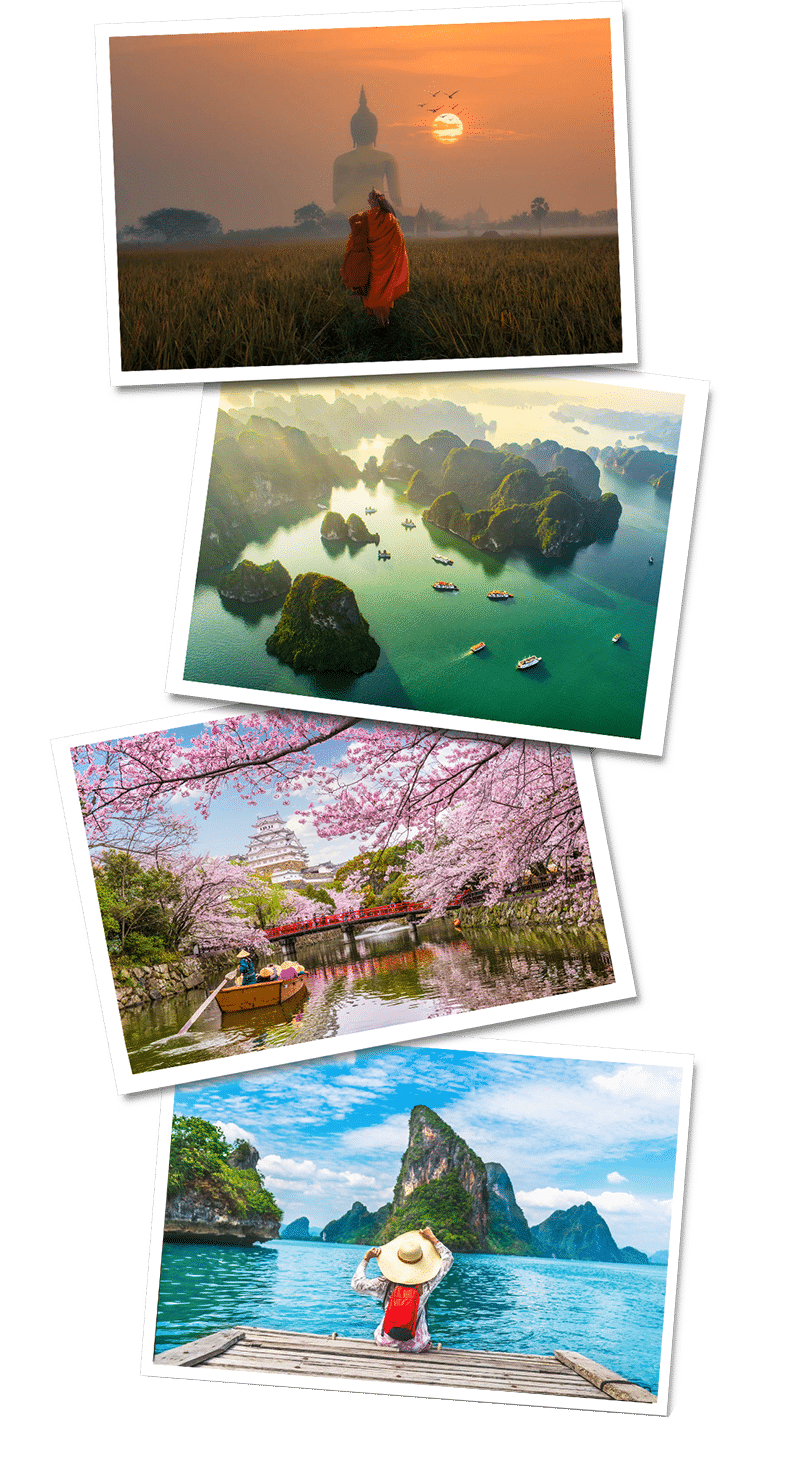
Travel Asia, a continent that offers a diverse range of cultures, histories, and landscapes that make it a compelling destination for travelers. From the bustling cities of Tokyo and Seoul to the serene temples of Bangkok and Bali, there is something for everyone. Asia also boasts some of the most beautiful natural wonders, including the Himalayas, the Great Wall of China, and the stunning beaches of the Philippines and Thailand.

Why Visit Asia
THE PEOPLE
People in Asia tend to be extremely hospitable, kind and friendly. They are always willing to help. Asia comprises 60% of the world’s population.
LANDSCAPES AND ARCHITECTURE
Asia offers a variety of magnificent landscapes (beaches, jungles, mountains) as well as some of the most modern – impressive structures the man has made.
NIGHTLIFE
Nightlife in Asia is vibrant and diverse, with something for everyone. Cities like Bangkok, Tokyo, and Seoul have bustling night markets, street food vendors, and clubs that stay open until dawn.
CULTURE AND SPIRITUALITY
Asia’s rich cultural and spiritual traditions are also a major draw for travelers. From the ancient temples and shrines of Japan to the colorful festivals of India, there are countless opportunities to learn about the customs and beliefs of different cultures.
Bucket list
What to expect in Asia
LANGUAGE
There is a wide variety of languages spoken throughout Asia, but english is widely spoken all over the continent, being the official language of some countries like Nepal, Pakistan, Philippines and Singapore.
ELECTRICITY
The majority of countries in the world use a 220/240-volt electrical infrastructure, twice the voltage coming from outlets in the United States. With the exceptions of Japan and Taiwan, every country in Asia uses a 230-240V system. You will need a voltage convertor and a plug adapter to connect your devices. Many hotels are installing universal sockets so that guests from all countries can connect to power. but just because your plug fits into the outlet, you cannot assume the voltage is safe for your device.
CURRENCY
Asia uses a variety of country-specific currencies. You can exchange the currency on the exchange houses at the airports or directly withdrawing from the ATM (you should have contacted your bank before hand)
SAFETY
The large majority of Asian countries are safe, and travelers return home from travel in Asia without encountering any serious issues, but just like anywhere else you need to be alert and use your common sense, mostly in the main cities and crowded places. They are a few countries in war-ridden regions that I would avoid for now such as Afghanistan, Syria, Iraq, Pakistan, Yemen and some parts of Thailand.
CLIMATE
Asia comprises countries that are both above and below the Equator line, meaning their seasons are inverted. The best time to visit depends on which country you are planning to visit. Some of them have a tropical weather the majority of the year, while others are extremely seasonal. Plan your trip and check the weather after you have chosen your destination!
VISA POLICY
Remember that the majority of countries require that your passport be valid for at least six months when you travel Asia (some just three months) after your arrival date before they’ll grant entry to their country. Some of them also require a VISA to enter the country depending on your nationality. Plan in advance and make sure you have everything in order.
How to get around
Getting around Asia can be a diverse and fascinating experience. The continent is massive, and transportation options vary from country to country, but generally include:
- Air travel: Asia has an extensive network of airports, with major cities being connected by both international and domestic flights.
- Rail travel: Many countries in Asia have well-developed rail networks, including high-speed trains in countries like Japan and China.
- Bus travel: Buses are a popular mode of transportation in Asia, particularly for short to medium distance trips.
- Taxis and ride-sharing apps: Taxis and ride-sharing apps like Uber and Grab are widely available in many Asian cities.
- Motorbikes and scooters: Motorbikes and scooters can be rented in many Asian countries, particularly in Southeast Asia, and can be a fun way to explore the local area.
- Ferries and boats: Island nations like Indonesia and the Philippines rely heavily on ferries and boats for transportation.
It’s important to note that transportation options and safety standards can vary widely across Asia, so it’s important to do your research and choose reputable providers. Additionally, be aware of local customs and rules of the road, particularly when it comes to motorbikes and scooters.
If you’re traveling to Asia on a budget, there are several money-saving tips you can follow to stretch your funds further:
- Use public transportation: Opt for public transportation such as buses and trains instead of taking taxis or renting a car. It’s not only cost-effective but also gives you an opportunity to explore the local culture and interact with locals.
- Eat like a local: Try street food and local eateries instead of dining at fancy restaurants. Not only is it cheaper, but it also gives you a chance to taste authentic Asian cuisine.
- Negotiate prices: In many Asian countries, bargaining is a common practice. Don’t hesitate to negotiate prices for souvenirs, transportation, and accommodations.
- Use budget accommodations: Choose budget-friendly accommodations such as hostels, homestays, and guesthouses. They not only save money but also offer an opportunity to experience local hospitality.
- Plan ahead: Pre-book flights, accommodations, and activities to get the best deals. It also helps to research the destination thoroughly to avoid unnecessary expenses.
By following these tips, you can make your trip to Asia affordable without compromising on the experience.
SUBSCRIBE!
Are you a globetrotter? Join our platform and get exclusive travel tips, getaways and more!
Unlock Europe Without the Headache: Vacation Packages That Let You Just Travel
Planning a trip through Europe can feel like assembling a 3D puzzle in a foreign language. There’s the thrill of possibility — Rome, Paris...
Venice shore excursions: from Doge’s Palace to the Lagoon Islands
In today's fast-paced digital world, families often find themselves physically together yet emotionally disconnected, with each member...
Smart UK Approaches to Getting Fit Before Holidays
As holiday plans are confirmed across the UK, many people begin thinking about how to feel their best and most confident while away...
How to Travel the UK on a Shoestring: 7 Hacks to Stretch Your Budget
Exploring the UK doesn't have to drain your bank account. With some savvy planning and smart tactics, you can enjoy everything this...
5 Days Spent in Courchevel Luxury Lifestyle
There are resorts renowned for their pistes. There are towns where people travel for their restaurants. But Courchevel is a world where...
The Best Places To Visit in France For First Timers
France is one of those countries that never feels like just one trip will do it justice. There’s the food, the history, the landscapes...


